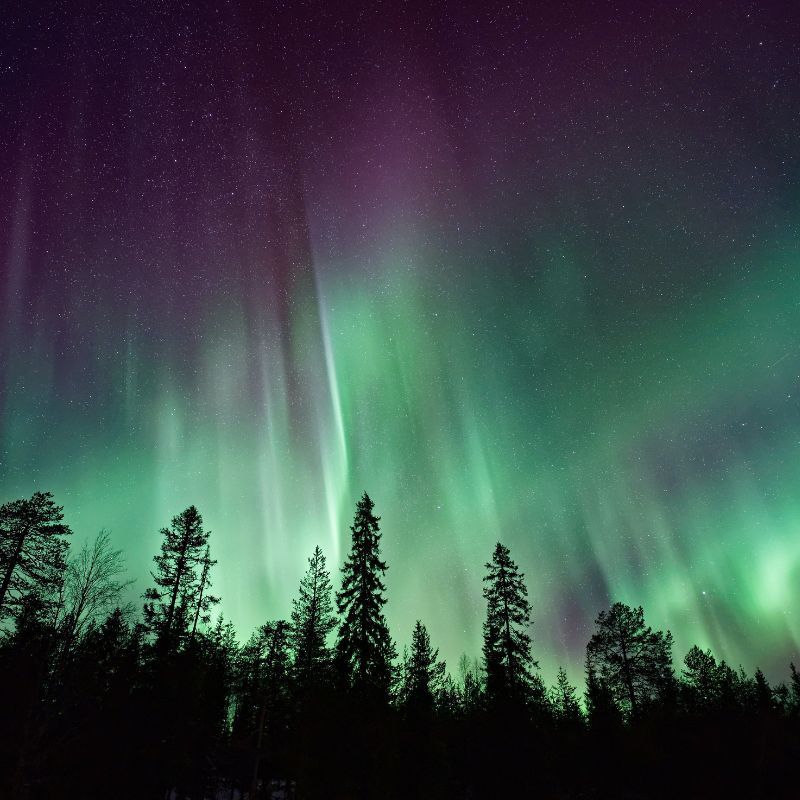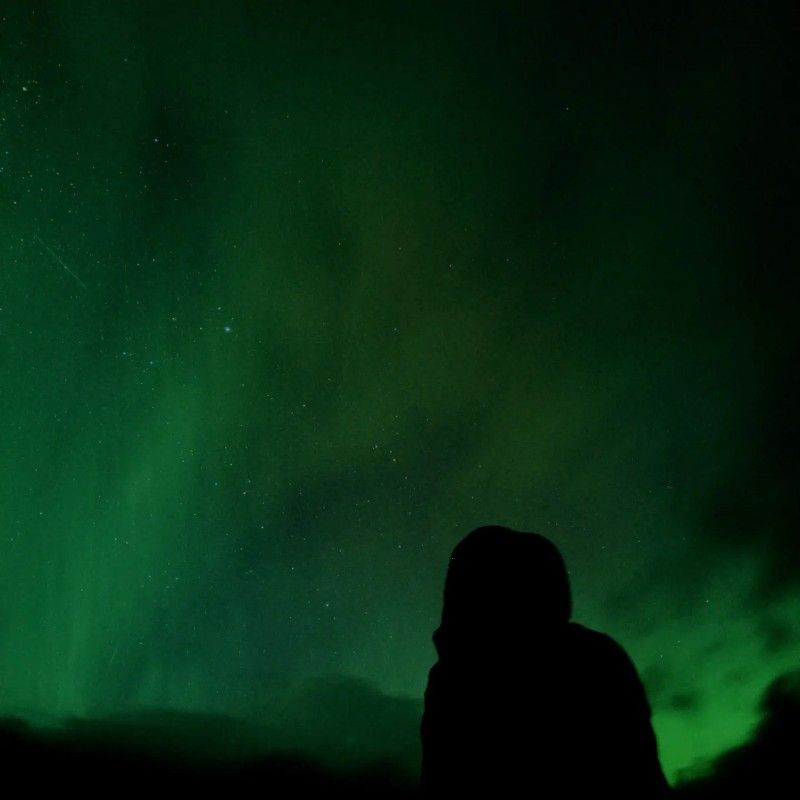
Mongolia and Japan recently encountered a rare phenomenon that draped portions of these countries in blood-red skies. Although this peculiar natural occurrence may appear eerie and unsettling, the rationale behind the “red aurora” is not what one might anticipate.
While Mongolia is lovingly known as the “Land of the Blue Sky” and Japan as the “Land of the Rising Sun”, an unusual event unfolded as the skies turned red due to a rare red aurora. This may sound surprising, given our familiarity with the myriad blue, green, and violet skies associated with the Aurora Borealis, which commonly graces nations like Iceland, Norway, Sweden, and Finland.
Crimson conundrum: Decoding the mystery of Japan and Mongolia’s blood-red sky
Northern lights/Aurora borealis today in Mongolia 🇲🇳
Aurora appears crimson red when solar particles react with oxygen at high altitudes of over 241 km, where the air is thinner. Red is considered the rarest colour of the Northern Lights.#ТуйлынТуяа #bloodaurora #полярноесияние pic.twitter.com/Sh6sHnPn1O— Bileg (@eebileg) December 1, 2023
The aurora is a natural light display that occurs at night along the Earth’s poles due to the interaction between solar storms and the atmosphere. Solar storms disrupt the magnetosphere, and the resulting charged particles manifest as auroras. This celestial event unfolds at extremely high altitudes in the sky, where the atmosphere is thin.
On December 1-2, three geomagnetic storms transpired, leading to the most robust aurora displays in the southern latitudes of the Northern Hemisphere. The red auroras are associated with the collision of solar particles with oxygen at higher altitudes. Due to the lower density of oxygen at great heights, collisions are infrequent, resulting in red auroras. Reports indicate that the red aurora was visible to the naked eye in Hokkaido, Japan, and parts of Mongolia.
A red aurora has been observed in Hokkaido, with the phenomenon visible to the naked eye for the first time since October 2003. https://t.co/QGHPYeEENR
— The Japan Times (@japantimes) December 2, 2023
The aurora can manifest in various hues, including green, violet, blue, yellow, pink, and red, with red being the rarest colour. The intensity of the geomagnetic storm caused by solar winds determines the likelihood of witnessing the red aurora. When the aurora occurs in the North, it is termed Aurora Borealis; in the South, it is referred to as Aurora Australis.
(Feature image credit: Bileg/X)
Related: 7 Of The Best Northern Lights Cruises












